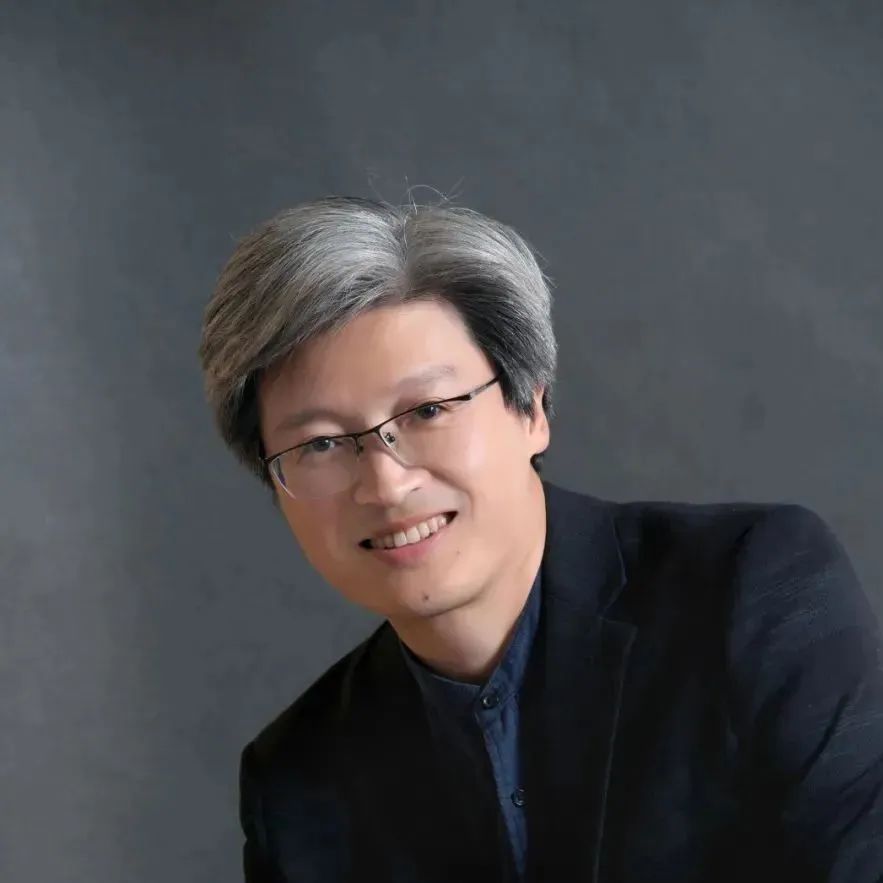
On July 2, 2025, during the DigitalFUTURES event, Professor Tan Gangyi, Dean of the School of Architecture and Urban Planning of Huazhong University of Science and Technology and Deputy Editor-in-Chief of New Architecture, delivered a keynote speech in the D1 Lecture Hall on the 5th Floor of Building D of the School of Architecture and Urban Planning of Tongji University. Subsequently, Professor Yuan Feng, Deputy Dean of the School of Architecture and Urban Planning of Tongji University, hosted an in-depth discussion and exchange with teachers and students on site.
Tan Gangyi
Dean, School of Architecture and Urban Planning, Huazhong University of Science and Technology; Deputy editor-inchief of New Architecture
Tan Gangyi, a professor and doctoral supervisor, is the dean of the School of Architecture and Urban Planning at Huazhong University of Science and Technology and the deputy editor-inchief of New Architecture. He also serves as the vice president of the Architectural Education Branch of the Architectural Society of China, the deputy director of the Committee of Vernacular Architecture of the Architectural Society of China, the vice president of the Hubei Province Research Society of Historical Architecture, and an expert of the Urban and Rural Construction and Environmental Resources Protection Committee of the Hubei Provincial People's Congress. He is currently focused on the generative intelligence and translation of traditional settlements and architecture based on digital thinking, as well as the development of habitat science for human–machine–object synergy in future environments where humans coexist with machines or intelligent agents.
Keynote Speech
Tan Gangyi
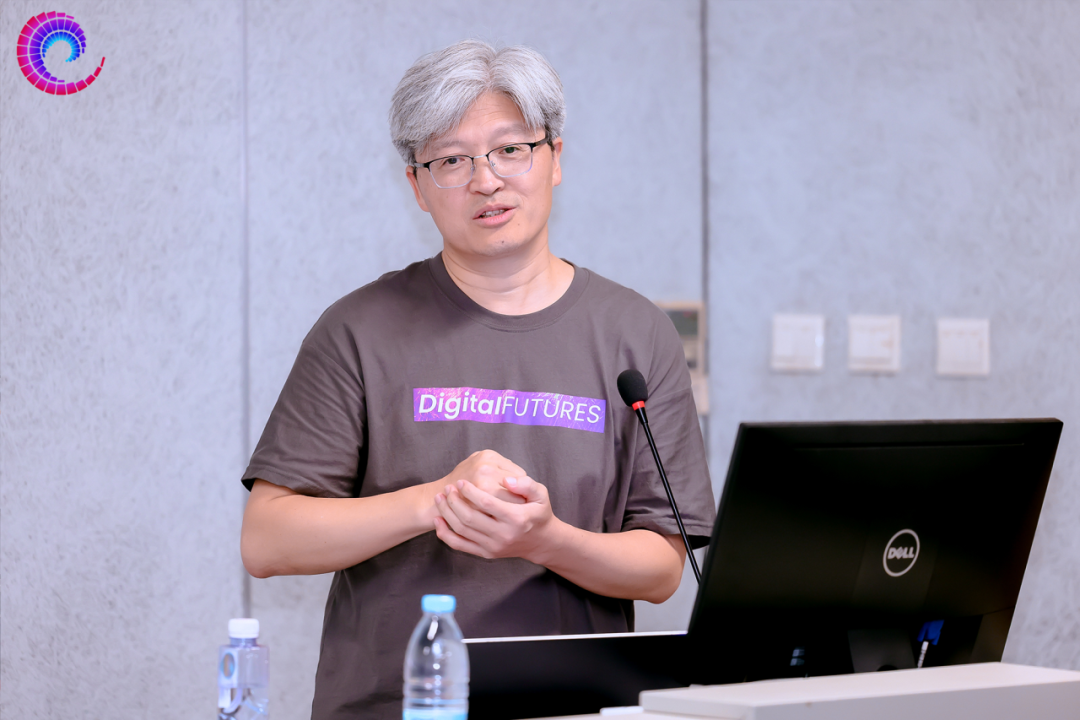
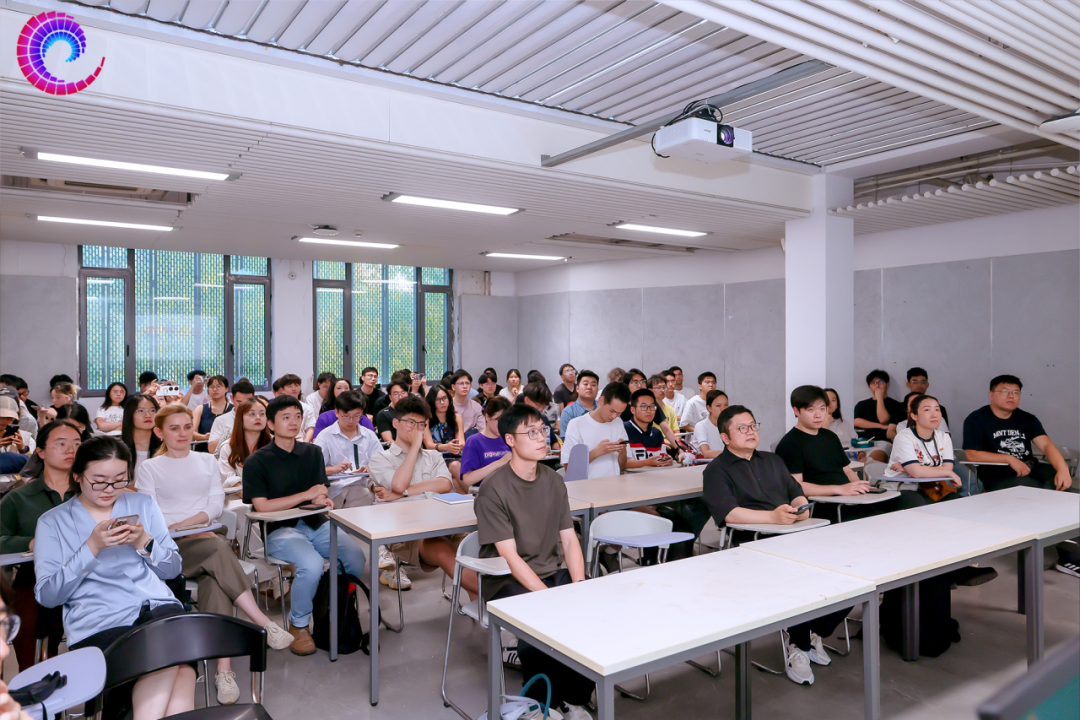
This lecture takes Le Corbusier’s groundbreaking work Towards a New Architecture as its intellectual foundation, delving deeply into the fundamental transformation of architecture and urban planning as it enters the AI era. Le Corbusier’s core proposition that architecture should be the mirror of its time, along with his intellectual legacy—a house is a machine for living in, engineer aesthetics, and the infusion of industrial logic into architecture—not only laid the cornerstone of the modern architectural movement but also takes on renewed urgency against today’s backdrop of global turbulence, technological acceleration, and the deplorable decline facing the construction industry: How should we once again move towards (a kind of) new architecture?
As Professor Tan pointed out, just as Le Corbusier astutely harnessed the power of the Industrial Revolution to overturn traditional aesthetics, the current wave of AI-driven technological change is profoundly reshaping everything. The forms of urban settlements continually evolve with technology, and we are now witnessing a deep restructuring of infrastructure, which serves as the cornerstone for building cities resilient to future environmental and social risks. Simultaneously, the object of study in human settlement science is expanding from traditional physical spaces to complex systems incorporating elements like machines or intelligent agents, demanding a redefinition of the interactions between humans, society, nature, architecture, and networks through interdisciplinary dialogue.
Technology itself is becoming the core engine of transformation. New technologies like AI not only simulate and enhance human cognition and physical capabilities but also propel tools from their previous state of passive responsiveness to become active, personalized intelligent platforms, fundamentally altering design processes and everyday behaviors. This dramatic shift is driving a fundamental paradigm shift within the discipline. The traditional role of the architect, reliant on tacit knowledge, faces limitations. The profession's future will evolve from spatial designer to System Architect (transitioning from a small-a architect/builder to a capital-A Architect). This new role demands mastery of structured thinking (concept-experiment-implementation) and the integration of multidisciplinary knowledge.
The lecture analyzed the inevitability of this paradigm shift in architecture from ontological, epistemological, and methodological perspectives, proposing a pathway for reconstructing the modern human settlement science system centered on human-machine-material synergy. Driven by crisis and innovation, it discussed how disaster resilience and emerging technologies are pushing architecture beyond the creation of traditional physical spaces towards the systematic construction and connection of infrastructure, and shifting from embodied cognition to interaction with intelligent systems, data flows, and the environment. The reshaping of design's value and the paradigm shift offer a perspective and direction for the scientific development of future human settlements. Promoting the transformation of the knowledge system aims to build sustainable human settlements capable of addressing ethical challenges, thereby achieving a contemporary expression of Le Corbusier's spirit of humanistic concern. The lecture concluded with a call to action: To meet future challenges, we must transform yesterday’s cognitive wisdom, develop new possibilities through system architecture, and construct a new human-machine-material synergistic human settlement environment.
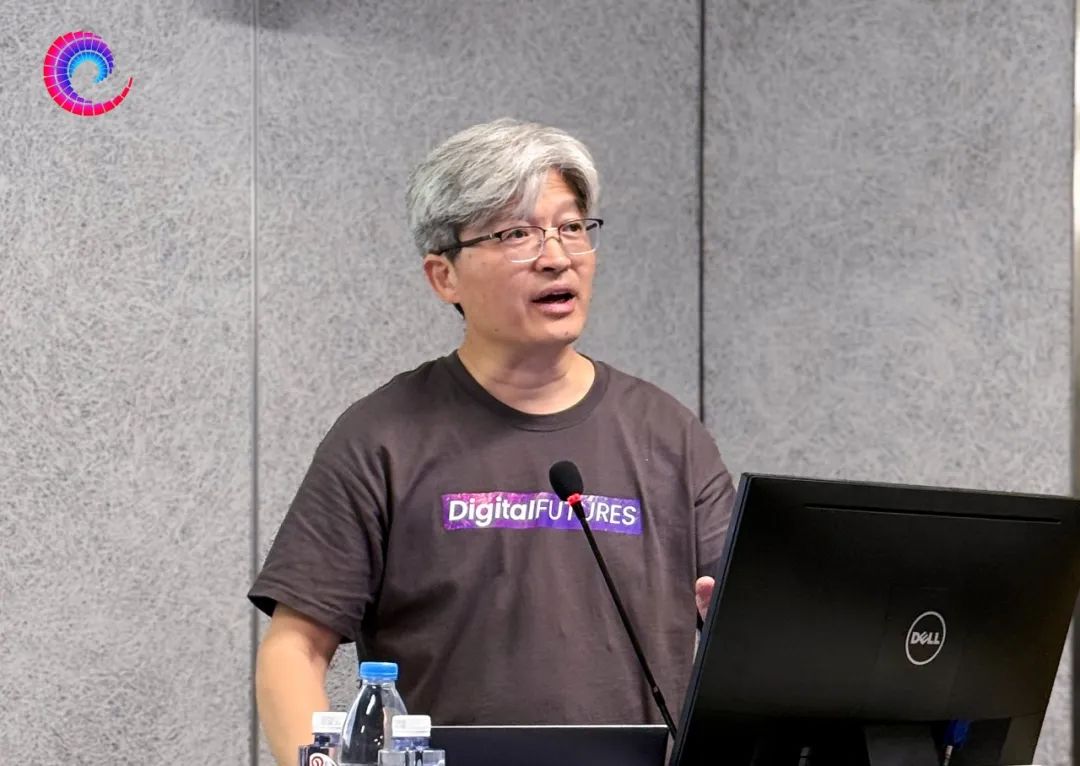
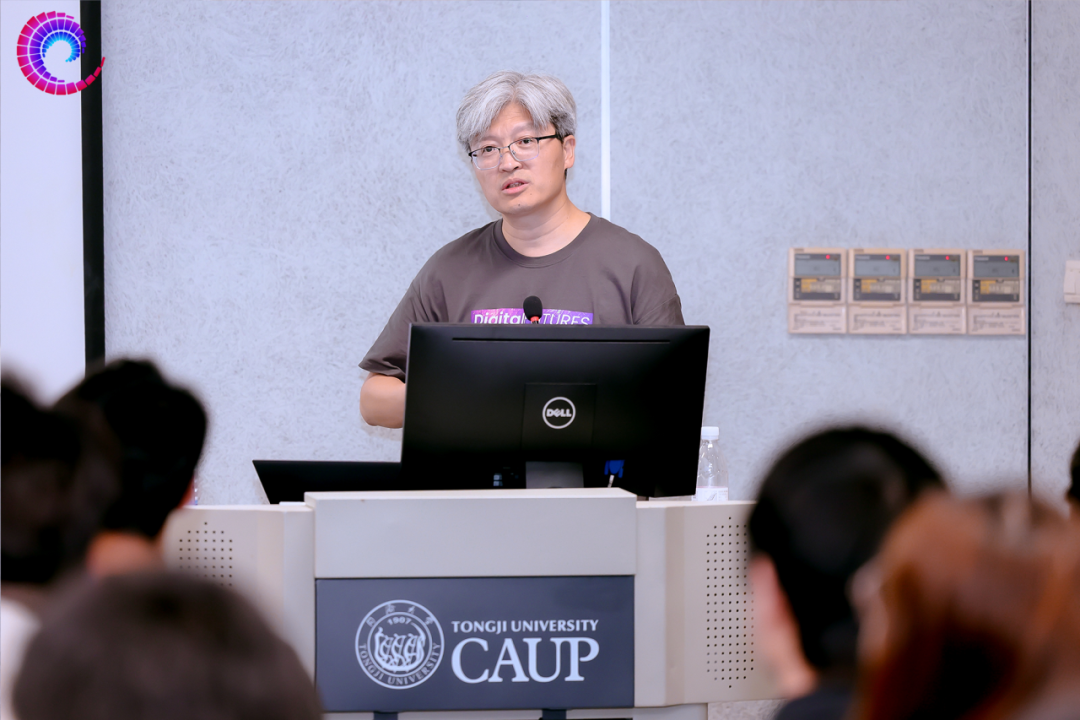
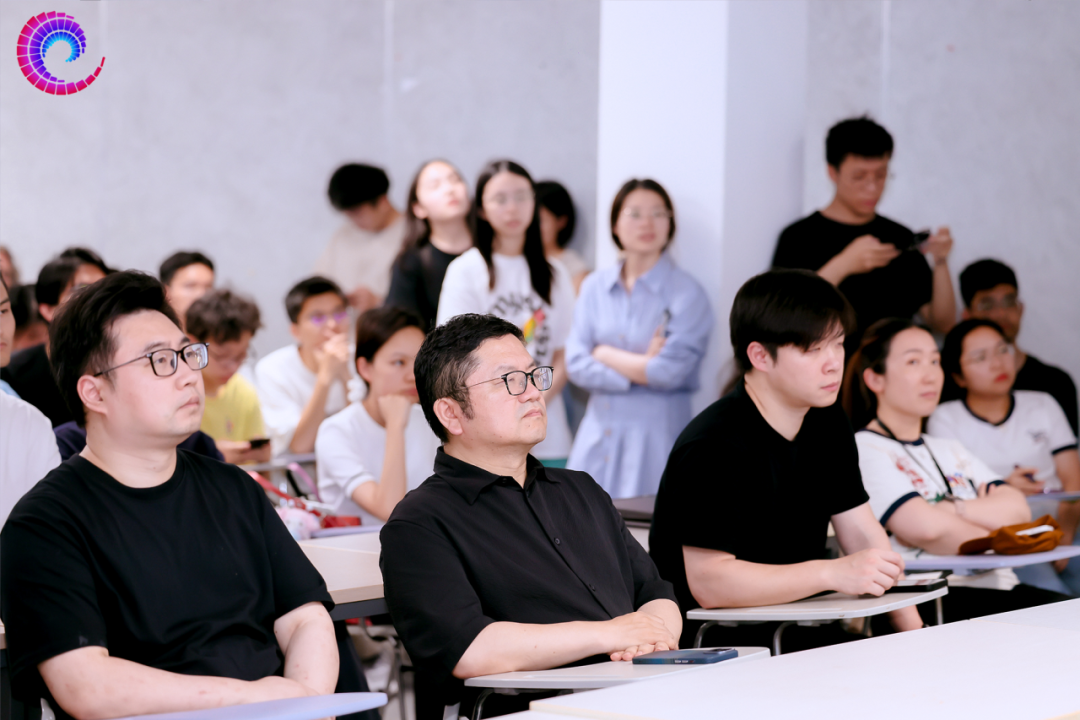
Q&A
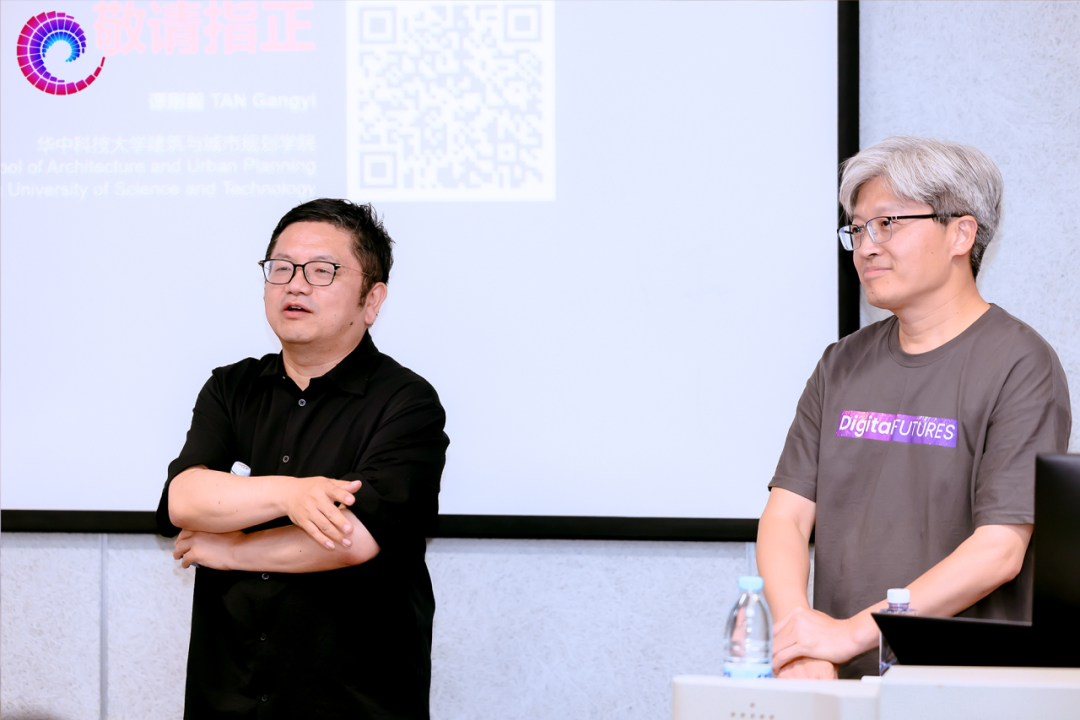
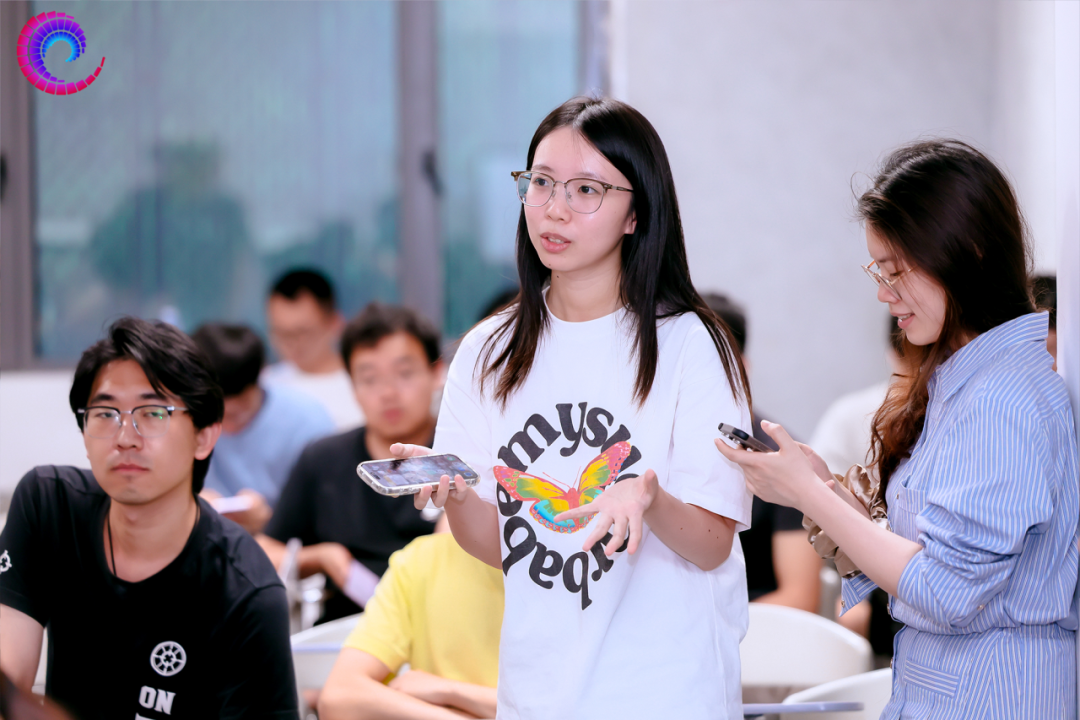
Professor Tan Gangyi and Professor Philip F. Yuan also jointly answered student questions:
Question 1: In our own urban design project, we attempted to introduce reinforcement learning. We'd like to ask the professors about a core challenge: How can design work be translated into a quantifiable reward mechanism?
Tan Gangyi: I believe it can be based on a typological theoretical framework. Systematically extract typological features like spatial form and functional organization. By quantifying key indicators (such as the relationship between spatial scale and human behavior), we can establish an evaluation system and optimize design highlights. This structured transformation approach can both construct an effective reward mechanism and enhance the scientific rigor and operability of design quality. Philip F. Yuan: Take the training of a 64-axis robot as an example: To simplify the optimization process, a lower-body-first hierarchical strategy can be adopted—prioritize ensuring the stability of the lower body before releasing the creative freedom of the upper limbs. In the field of architecture, we similarly need to leverage key design standards to conduct training, thereby reasonably guiding subsequent generative processes. In this era of AI technology explosion, designers must adhere more firmly to design-standard-oriented principles to guide technological application.
Question 2: Building on the content from Professor Tan's lecture, can we consider creativity in architectural design as equivalent to collective experience (a priori knowledge), while theory represents a posteriori knowledge? How do these two cyclically reinforce each other?
Tan Gangyi: Much of China's traditional experience or principles are, in fact, summaries accumulated through countless practices and empirical validation. These principles possess strong scientific validity, though they may not be highly precise—much like today's large models generated through statistical analysis of massive datasets. Traditional bubble diagram design methods can be transformed into generative approaches based on multi-agent interactions with the environment, connecting and combining associated spaces according to usage patterns formed through experiential knowledge. Similarly, typological analysis in traditional architecture is based on inheritable genes shaped by a kind of collective unconsciousness. Moreover, training AI with the a priori rules of traditional architectural forms—such as proportional systems and facade compositions—enables it to generate aesthetically coherent designs. This demonstrates that a priori knowledge serves as the foundation for innovation, while a posteriori knowledge, in turn, enriches collective experience through practice, ultimately forming a closed loop of knowledge evolution. Therefore, it is essential to master both professional cognition and algorithmic logic.
Question 3: Current architectural practitioners are going through a transition from architects of space to system architects. This also seems to signify a shift in the production paradigms of space and its power structures. What are your views on this?
Tan Gangyi: An architect friend of mine demonstrated the role of architects in the distribution of public power during a project revitalizing an old street in New Taipei City, Taiwan. In the context of traditional mobile vendors facing forced relocation, he acted as a communicator and negotiator between the shop owners and the government. By leveraging the street's own revitalization design, he successfully secured continued vending spaces for the small vendors. His practice proves that architects can act as mediators and coordinators of social contradictions. Through professional expertise, they can translate community demands into spatial language, promoting harmony and equitable coexistence among all parties.
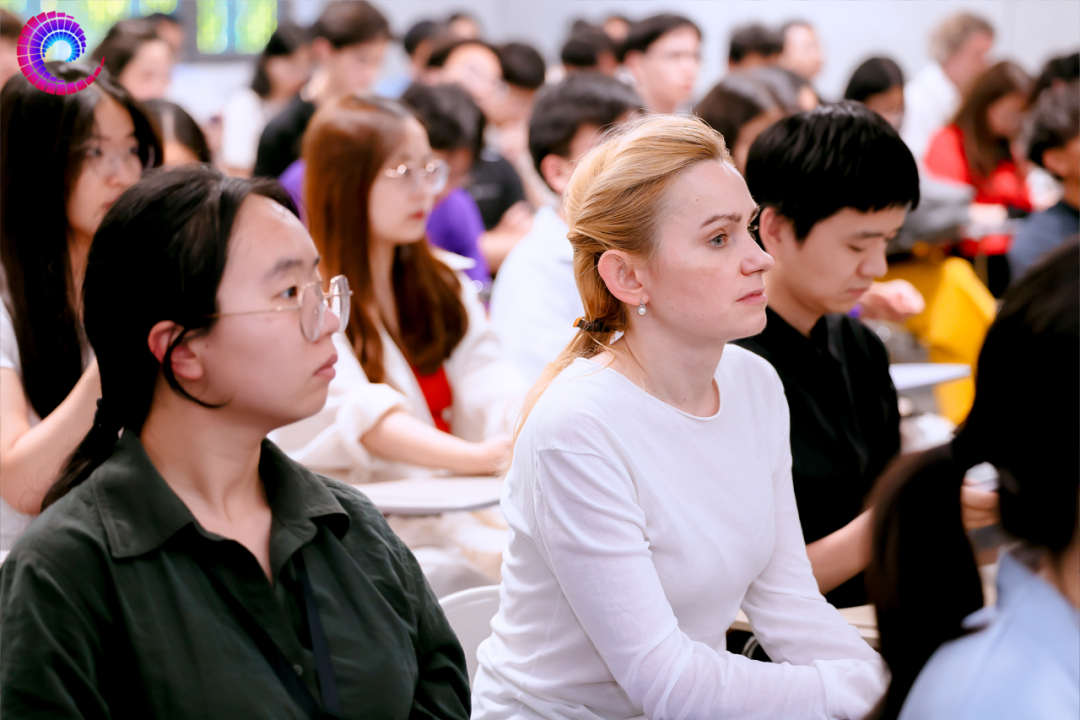
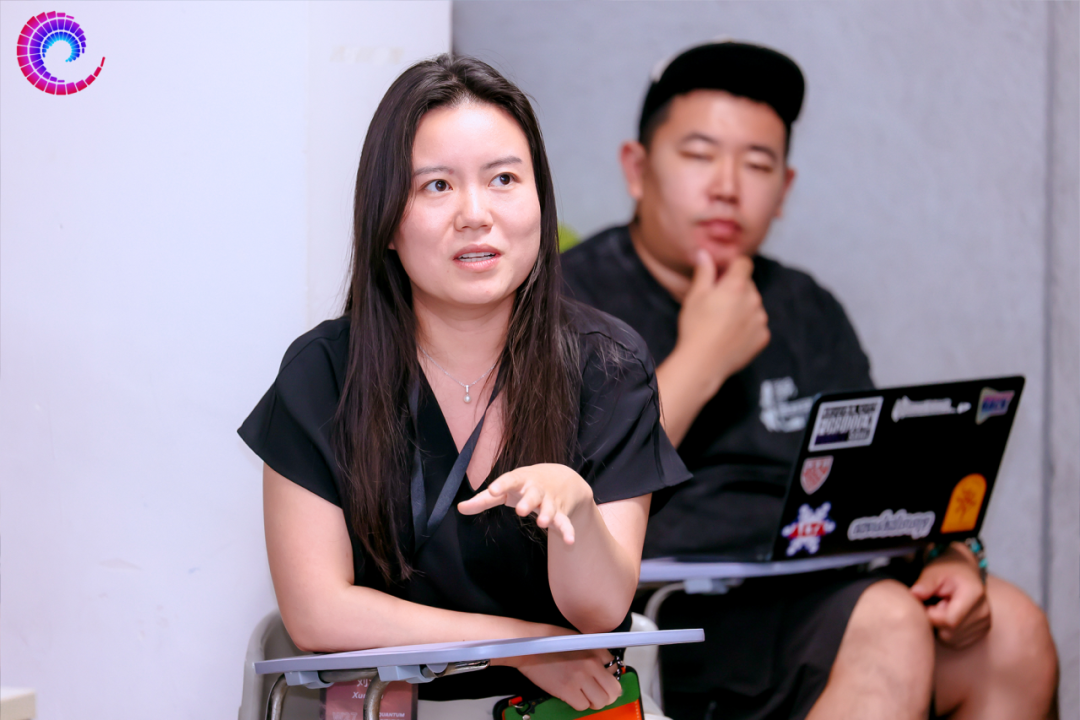
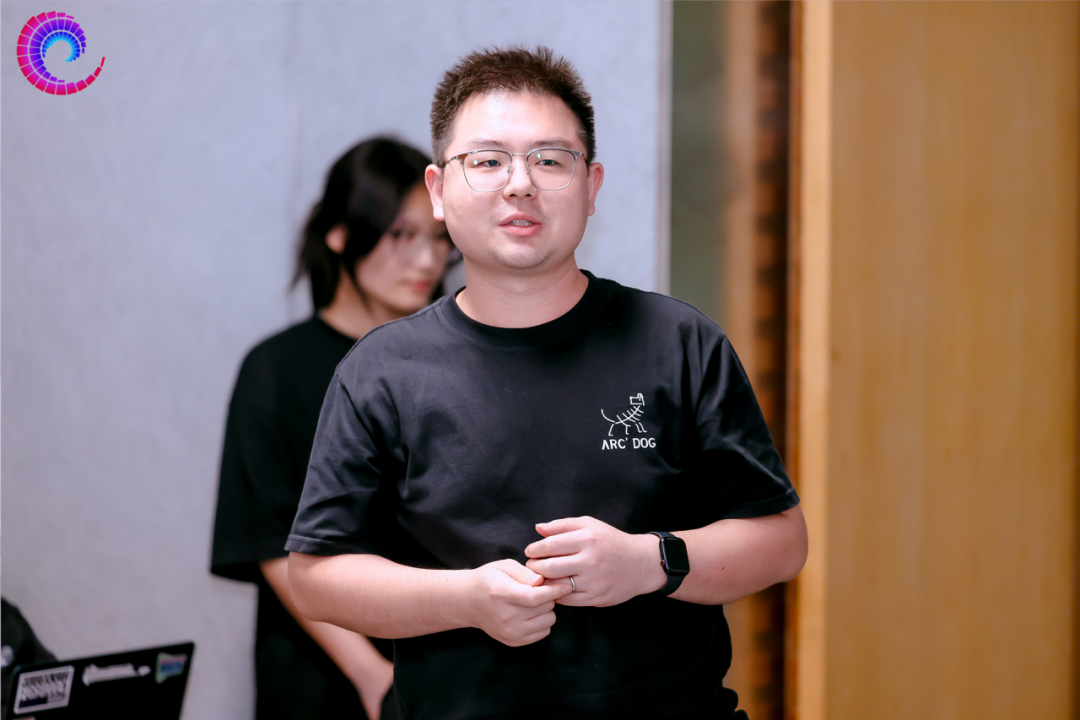
 ABOUT US
ABOUT US


